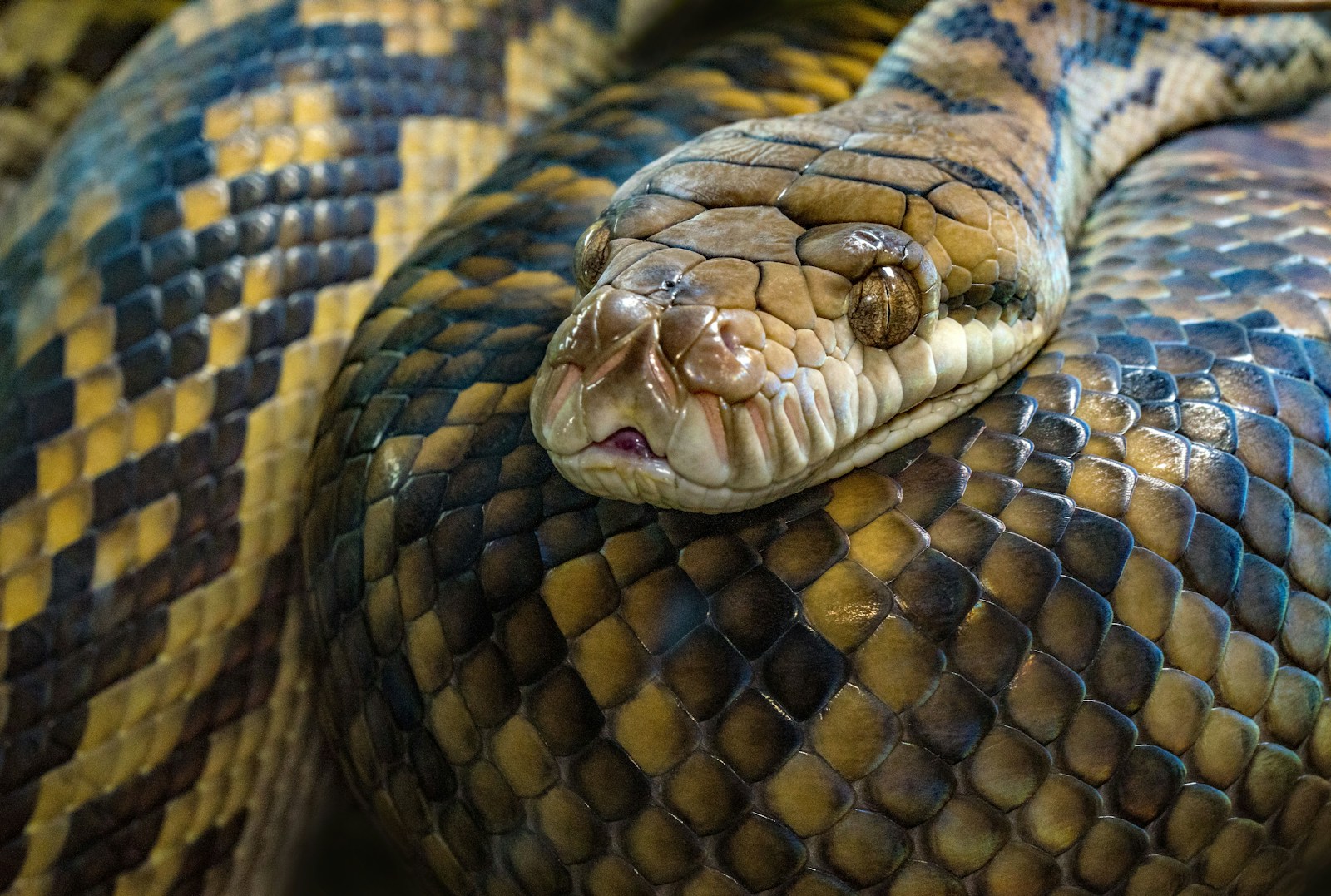In the diverse world of reptilian adaptations, few behaviors are as peculiar and fascinating as the reverse-slithering technique employed by certain snake species. This remarkable defensive strategy, where a snake moves backward instead of forward, serves as a masterclass in evolutionary problem-solving. By reversing their typical movement pattern, these clever reptiles create confusion among predators, buying precious seconds that can mean the difference between life and death. This unusual locomotion method represents just one of the many sophisticated survival mechanisms that have evolved in snakes over millions of years, demonstrating nature’s endless capacity for innovative solutions to life-threatening challenges.
The Reverse-Slithering Masters: Eastern Hognose Snakes
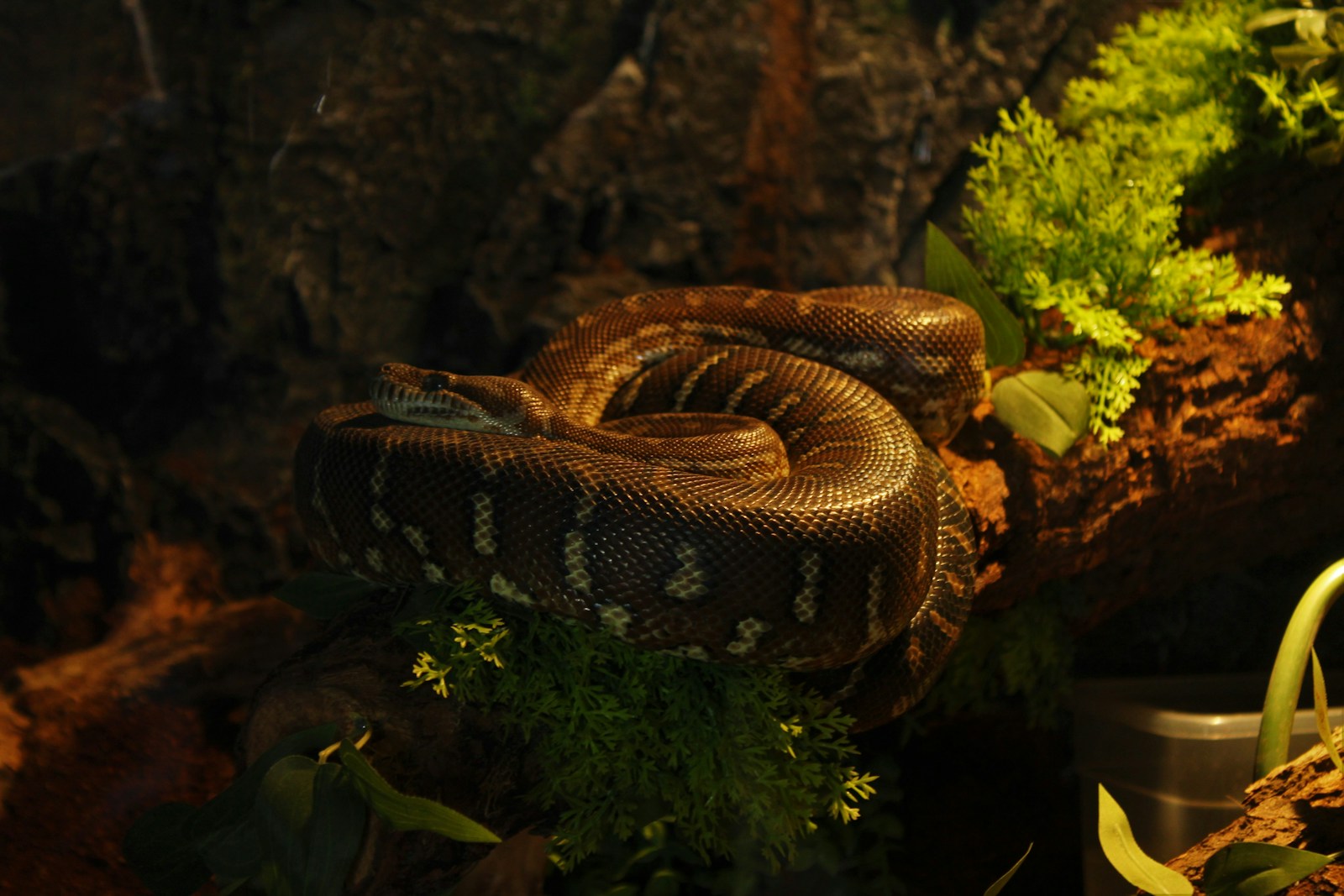
The Eastern Hognose snake (Heterodon platirhinos) stands out as the most renowned reverse-slithering specialist in the snake world. Native to eastern North America, these medium-sized snakes possess a distinctive upturned snout that resembles a hog’s nose, giving them their common name. When threatened, Eastern Hognose snakes deploy an elaborate defense strategy that may include flattening their necks cobra-style, hissing loudly, and striking with closed mouths before potentially resorting to their signature backward movement. This remarkable behavior is part of a multi-stage defensive display that has earned them colorful nicknames like “puff adders” or “spreading adders,” despite being harmless to humans.
The Mechanics of Reverse Slithering
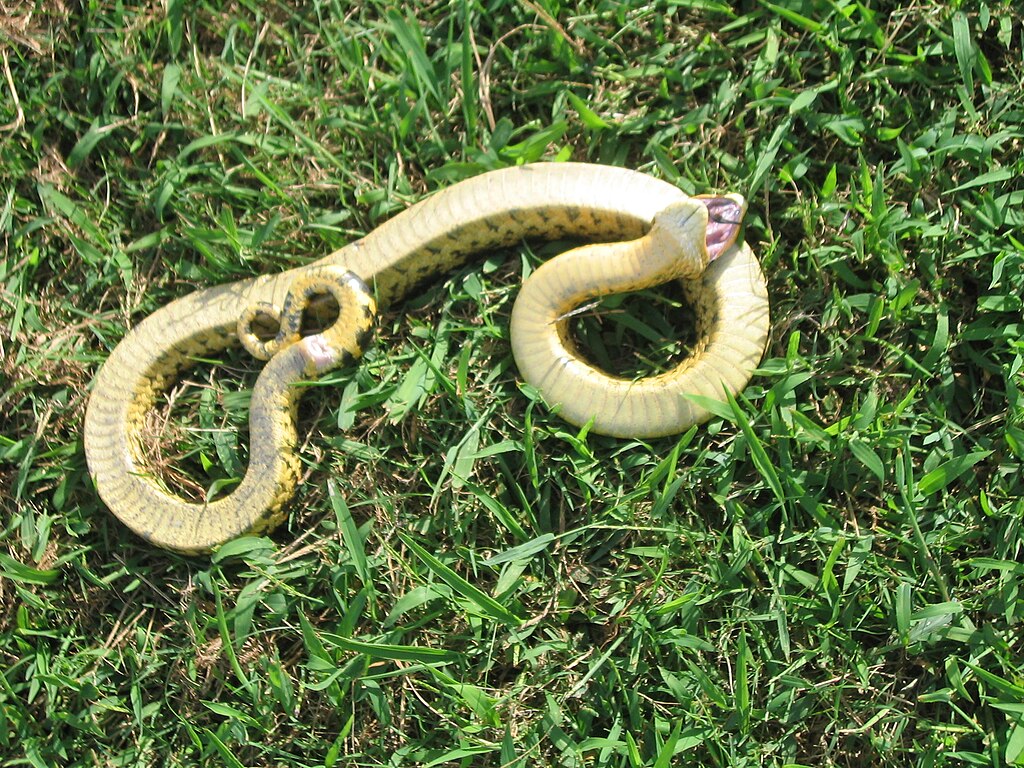
Reverse slithering fundamentally inverts the standard serpentine locomotion pattern, creating an unusual visual display that can bewilder potential threats. When executing this maneuver, the snake essentially reverses its muscle contractions, generating wave-like motions that propel it backward rather than forward. Unlike normal slithering, which involves coordinated muscle contractions traveling from head to tail, reverse movement requires a different sequence of muscle activations. The snake’s scales, which typically facilitate forward movement by gripping the ground when pushed backward, now work in the opposite direction. This counterintuitive motion pattern is relatively rare in the animal kingdom, making it particularly effective as a confusing defensive mechanism.
The Science Behind Predator Confusion

Predator confusion tactics work on several cognitive and perceptual levels, exploiting fundamental aspects of predator psychology. Most predators develop search images and attack patterns based on expected prey behavior, allowing them to efficiently target and capture their food. When a snake suddenly moves in reverse, this violates the predator’s expectations, potentially causing a momentary processing delay that disrupts the attack sequence. From a neurological perspective, unexpected movements require additional cognitive processing time as the predator must reassess the situation and recalculate its approach. In those crucial moments of hesitation, the snake gains valuable time to escape or deploy additional defensive mechanisms.
The Drama of Playing Dead: The Ultimate Backup Plan

For the Eastern Hognose and several other reverse-slithering species, backward movement represents just one phase in an elaborate defensive repertoire that culminates in thanatosis—the practice of playing dead. After slithering in reverse, if the threat persists, these snakes may roll onto their backs, open their mouths, extend their tongues, release musk, and even bleed from the mouth to create a convincing death performance. This macabre display works because many predators prefer live prey and will abandon what appears to be a dead or dying animal. Some snakes commit so thoroughly to this act that they will repeatedly flip themselves onto their backs if turned over by a curious observer, maintaining the deception until the perceived threat has passed.
Evolutionary Development of Reverse Slithering
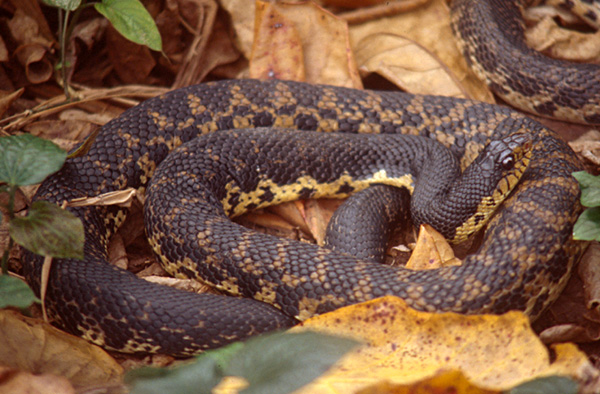
The evolution of reverse slithering represents a fascinating example of behavioral adaptation driven by predator-prey dynamics. Scientists believe this unusual behavior developed independently in several snake lineages as a response to persistent predation pressure. The ability to move backward likely began as a simple escape mechanism that proved advantageous enough to be selected for across generations, gradually becoming more refined and incorporated into complex defensive displays. The fact that this behavior appears most developed in species like the Hognose snake, which lacks more potent defenses such as venom or large size, supports the theory that behavioral adaptations often evolve to compensate for physical limitations. Over thousands of generations, individuals with greater aptitude for this unusual movement would have survived at higher rates, eventually leading to populations where reverse slithering became a standard defensive tactic.
Global Distribution of Reverse-Slithering Snakes

While the Eastern Hognose snake represents the most studied reverse-slithering species, this behavior appears in various snake species across different continents. The Western Hognose snake (Heterodon nasicus) of central North America demonstrates similar backward movement capabilities as part of its defensive repertoire. In Europe, the grass snake (Natrix natrix) occasionally employs a form of reverse movement when cornered. South American false coral snakes (Genus Erythrolamprus) have been documented performing backward locomotion when threatened, adding to their mimicry of the dangerous true coral snakes. This global distribution of similar behaviors across unrelated species represents a striking example of convergent evolution, where similar environmental pressures lead to the development of comparable traits in distantly related organisms.
Identifying Reverse-Slithering Species
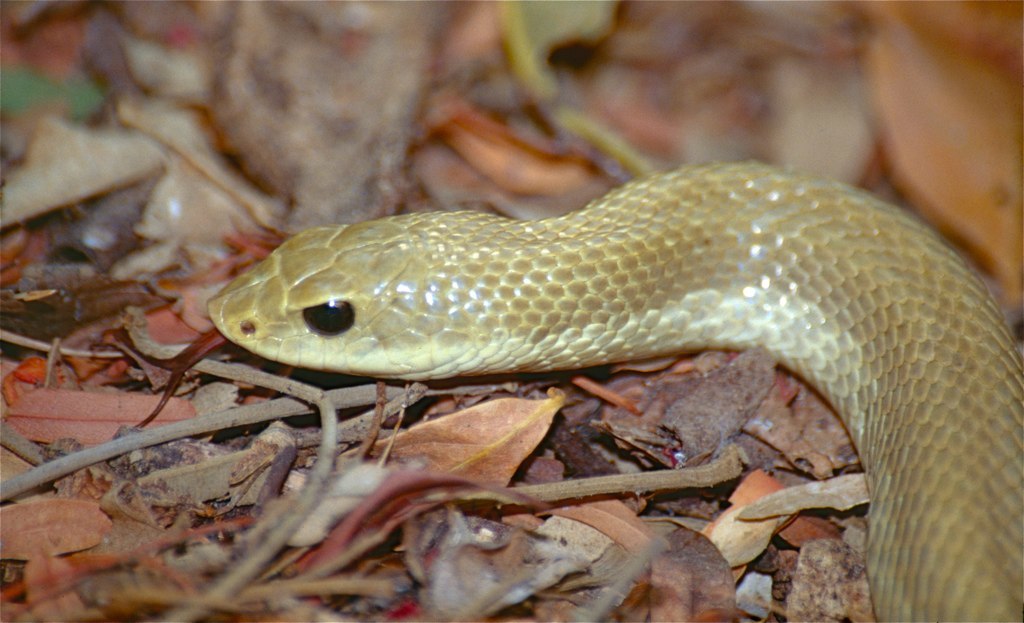
Recognizing potential reverse-slithering snakes in the wild can enhance any nature enthusiast’s wildlife observation experience. The Eastern Hognose snake displays a variable coloration pattern ranging from yellow and brown to gray and black, often with dark blotches down the back, and its distinctive upturned snout is a key identifying feature. Western Hognose snakes typically show a tan or brown base color with darker brown or black blotches. Both species have thick, somewhat stout bodies compared to many other similarly-sized snakes. When approaching these fascinating reptiles in the wild, maintaining a respectful distance is crucial, as getting too close may trigger their stress responses, including reverse slithering and death-feigning behaviors. Although these defensive displays are harmless to humans, they indicate the animal is experiencing significant stress, which wildlife observers should aim to minimize.
Beyond Snakes: Reverse Movement in Other Animals

While snakes may be the most dramatic reverse-movers, this unusual locomotion strategy appears in various forms across the animal kingdom. Certain millipede species can rapidly reverse direction when threatened, creating confusion similar to that caused by reverse-slithering snakes. Some fish, particularly those living in complex reef environments, have evolved the ability to swim backward to escape predators in tight spaces where turning around would be impossible. The cuttlefish, a master of deception, can jet backward at remarkable speeds while maintaining a forward-facing posture, creating a disorienting visual effect for predators. These diverse examples demonstrate how reverse movement has independently evolved as an effective survival strategy across vastly different animal groups, highlighting the universal value of unpredictability in predator-prey interactions.
Common Misconceptions About Reverse-Slithering Snakes

Despite their fascinating behaviors, reverse-slithering snakes often fall victim to harmful misconceptions that can lead to unnecessary fear and persecution. Contrary to popular belief, the dramatic defensive displays of Hognose snakes, including their reverse movement, are bluff tactics from essentially harmless animals rather than signs of aggression. Many people mistakenly identify these snakes as venomous species due to their cobra-like neck-flattening behavior, leading to needless killings of beneficial wildlife. Another widespread misconception is that snakes moving backward are “unnatural” or indicate something is wrong with the animal, when in fact this represents a sophisticated natural adaptation. Additionally, some folklore traditions associate backward-moving snakes with bad omens or supernatural phenomena, further contributing to negative perceptions of these remarkable reptiles.
Conservation Concerns for Theatrical Performers

The very behaviors that make reverse-slithering snakes so fascinating also contribute to their vulnerability in human-altered landscapes. When threatened on roads, Hognose snakes often deploy their elaborate defensive displays rather than quickly fleeing, making them particularly susceptible to vehicle strikes. Habitat fragmentation and loss represent significant threats to many of these species, particularly as they often have specific habitat requirements related to soil type and prey availability. Agricultural intensification and pesticide use have reduced prey populations, particularly toads for Hognose snakes, further stressing these populations. Conservation efforts for these species focus on habitat protection, road mortality reduction through wildlife passages, and public education to reduce persecution based on misidentification. Several states now afford special protection status to Hognose snakes, recognizing their ecological importance and declining numbers.
Capturing the Behavior: Challenges in Documentation
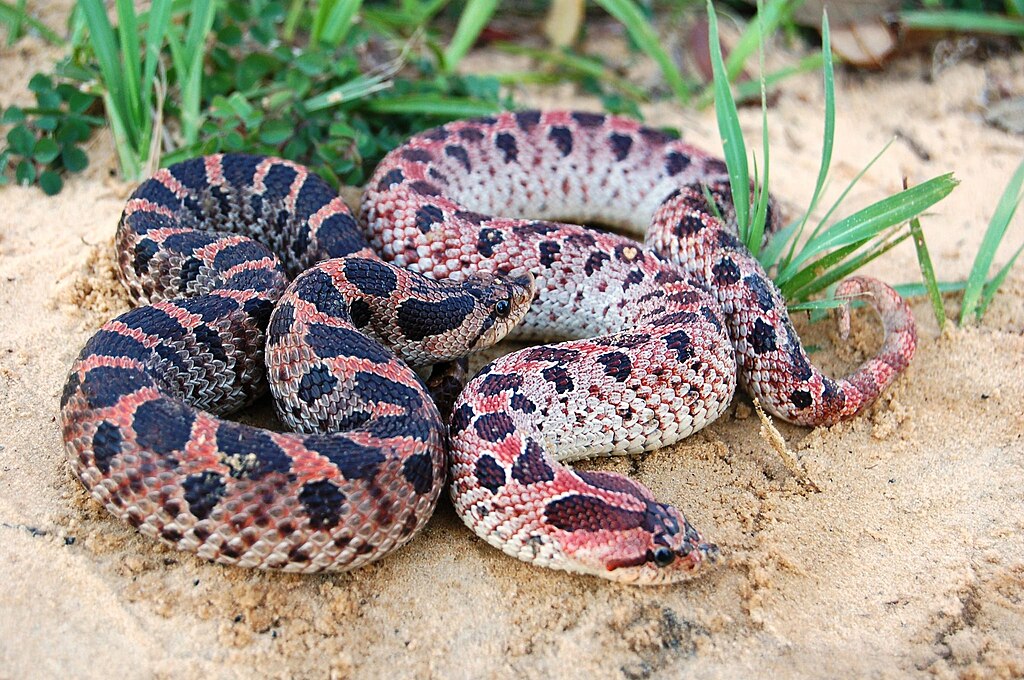
Documenting reverse-slithering behavior presents unique challenges for wildlife photographers, videographers, and researchers alike. The unpredictable nature of this defensive behavior means observers must often wait patiently through the entire sequence of defensive displays, which may or may not culminate in backward movement. Field researchers studying this phenomenon typically employ non-invasive observational techniques to avoid influencing the snake’s behavior, sometimes using motion-triggered cameras to capture natural occurrences without human presence. Technological advances in high-speed videography have greatly enhanced our understanding of the biomechanics involved, allowing researchers to analyze the precise muscle activations and body movements that enable this unusual locomotion. Citizen science initiatives now encourage nature enthusiasts to report sightings of these behaviors, contributing valuable data to our understanding of where and when these displays occur.
The Ecological Role of Reverse-Slithering Species
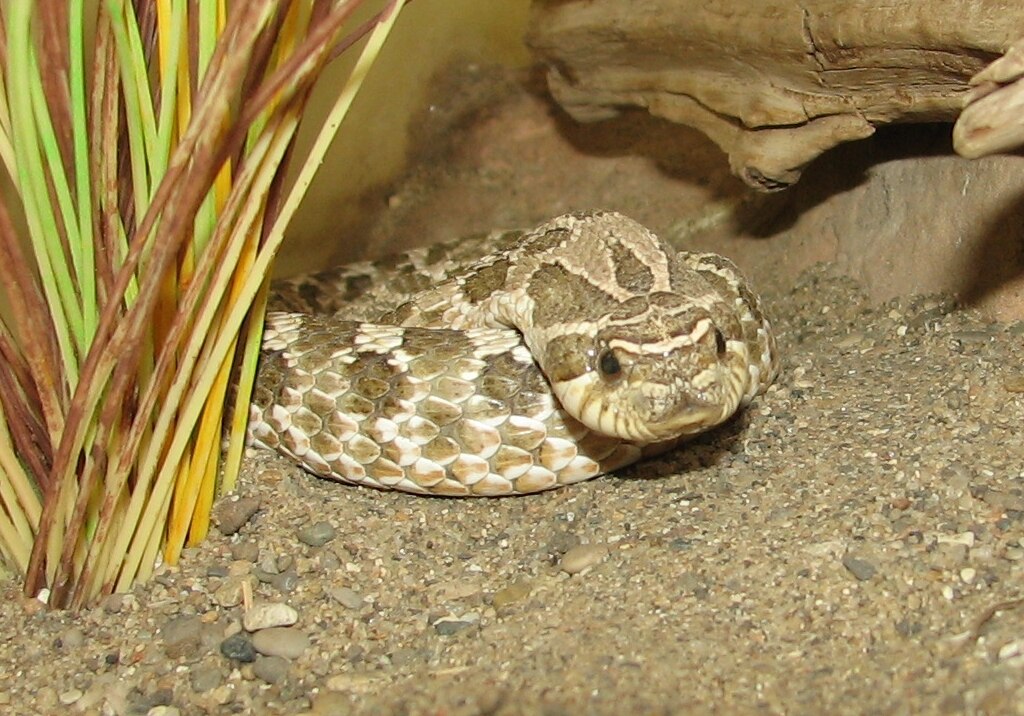
Beyond their fascinating defensive behaviors, reverse-slithering snakes fulfill important ecological functions within their native ecosystems. Hognose snakes, as specialized predators of amphibians, help regulate toad and frog populations, potentially limiting disease spread among amphibian communities. Their burrowing habits contribute to soil aeration and nutrient cycling in their habitats, particularly in sandy soil environments. As meso-predators, these snakes themselves serve as prey for larger predators including hawks, owls, and mammalian carnivores, forming a crucial link in food web dynamics. Their unusual defensive strategies, rather than lethal defenses like potent venom, represent an evolutionary approach that maintains ecosystem balance without removing predators from the system, demonstrating the elegant complexity of natural communities shaped by millions of years of coevolution.
Conclusion
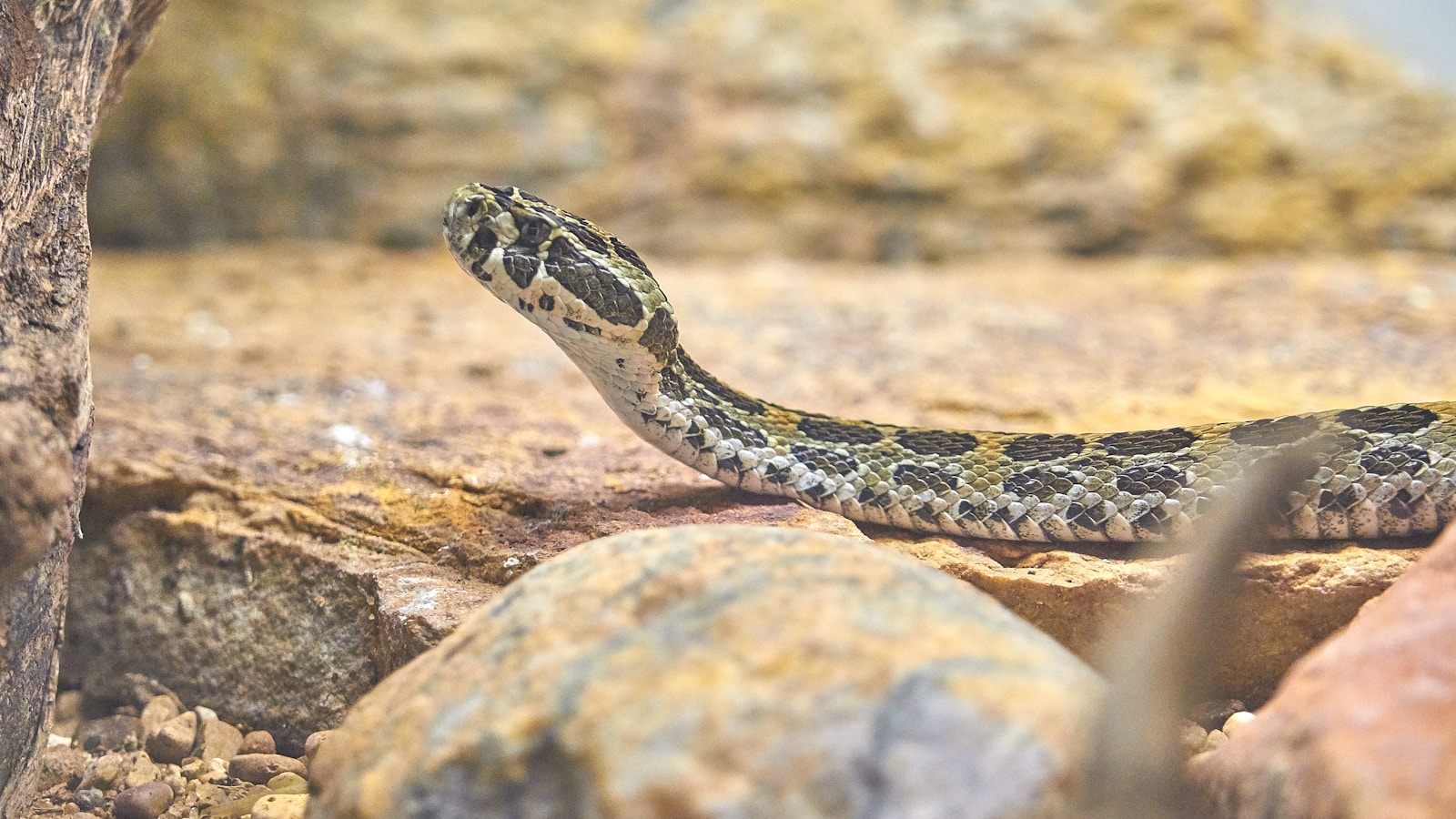
The remarkable ability of certain snake species to slither in reverse represents one of nature’s most creative solutions to the eternal challenge of survival. This behavior, most famously demonstrated by the Eastern Hognose snake, showcases the sophisticated adaptations that can evolve when animals face consistent predation pressure without developing physical defenses like venom or size. By combining backward movement with other theatrical displays, these snakes have carved out a successful evolutionary niche using deception rather than confrontation. As we continue to study and protect these unique reptiles, they remind us that nature’s ingenuity often manifests in unexpected ways, challenging our understanding of animal behavior and adaptations. For the snakes that slither in reverse, confusion isn’t just a state of mind—it’s a survival strategy millions of years in the making.

